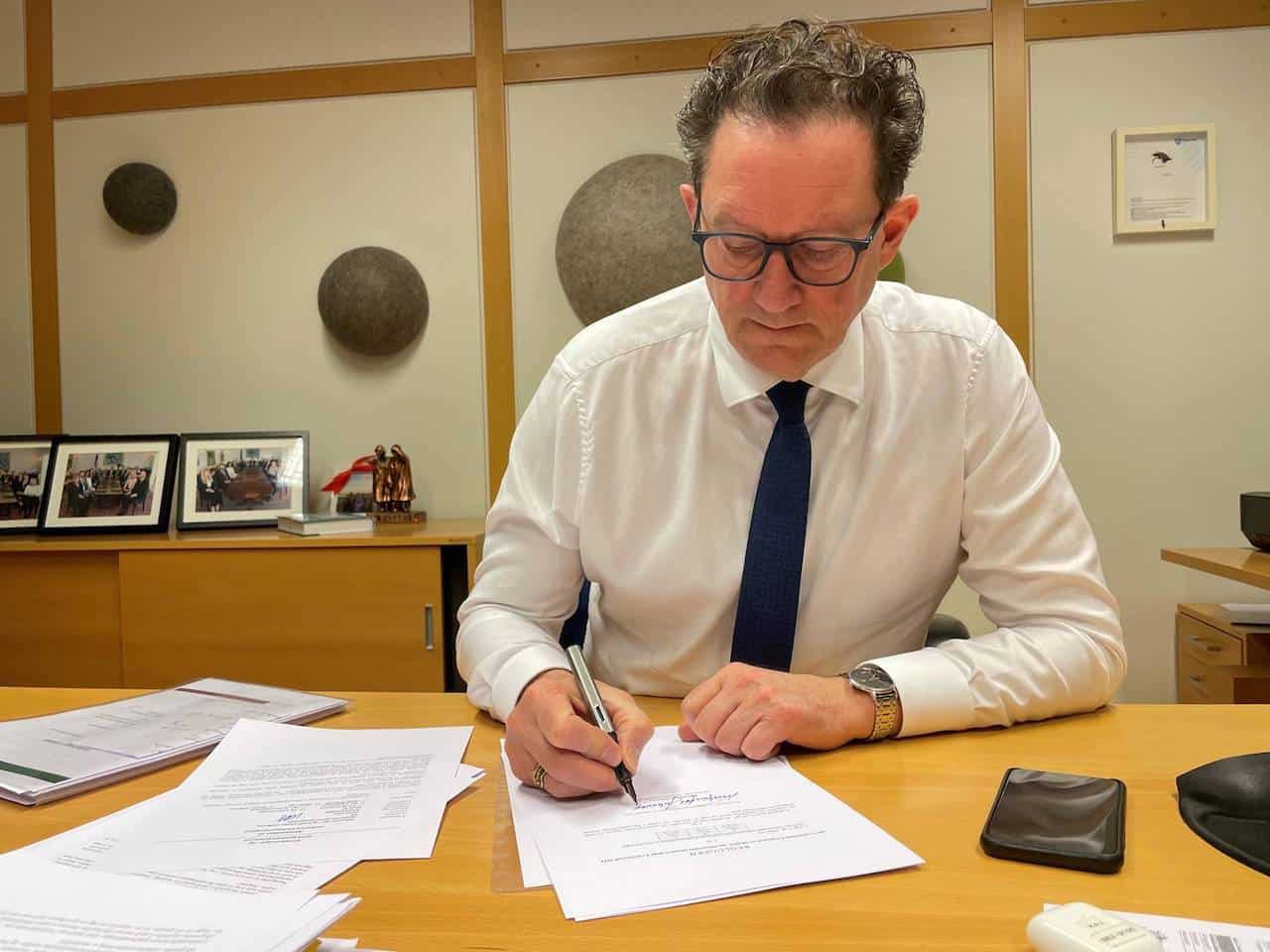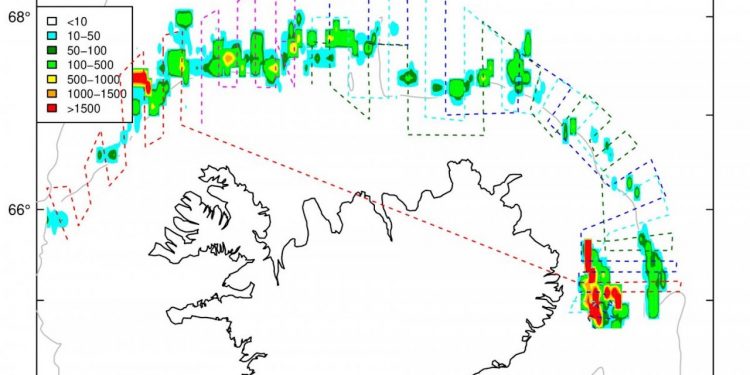Iceland’s Institute of Marine Research has updated its advice for the 2020-21 capelin season, raising its recommendation to 127,300 tonnes.
This roughly doubles the previous advised maximum catch, based on some of the most intensive survey work ever carried out to establish the extent of capelin distribution. Six pelagic vessels last week took part in an additional survey, co-ordinated by the Institute of Marine Research.

No more survey work is expected to be carried out, although the Institute will monitor the fishery closely as the season progresses.
Fisheries minister Kristján Thór Júlíusson has now signed off the necessary regulation to allocate the advised 127,300 tonne quota for this year.
Of the overall quota, 69,834 tonnes goes to the Icelandic fleet, as Iceland has a commitment to allow Norway access to capelin in return for Barents Sea cod quotas, and Iceland also has a reciprocal arrangement with the Faroe Islands – so Norwegian and Faroese vessels have rights to a portion of the quota during the early part of the season.
‘This decision is the result of the most extensive capelin survey of recent years,’ Kristján Thór Júlíusson said.
‘This is certainly not a large volume in terms of past seasons, but this is of deep importance to the Icelandic community, as there are export values of close to ISK20 billion at stake here. The extensive co-operative effort between the authorities, the Institute of Marine Research experts and fishing companies has been key to this success.’









